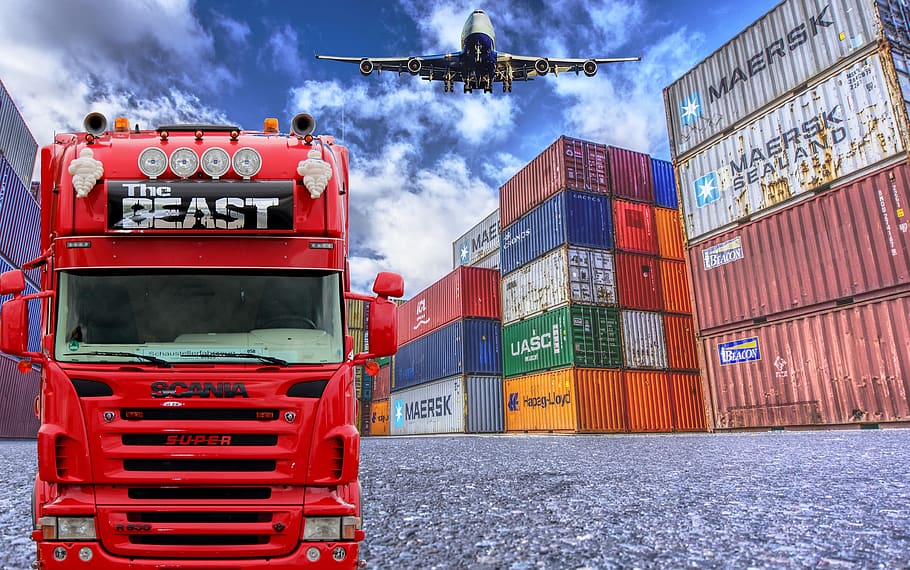No matter what your reason for selling your logistics business in California whether that is to retire or to move on to something else, we are here to help you make the process as smooth as possible. From the challenge of finding a buyer with the capital or financing in place to buy your business to escrow, and closing, we’ll make sure the sale is structured correctly and the transfer to a new owner goes smoothly.
Selling a Logistics Business in California
Are you selling a logistics business in California? Then Rogerson Business Services is the business broker for you. With years of experience selling businesses in this niche, we know what challenges you will face and how to overcome them. From doing a business valuation so you know what your business is really worth to valuing your equipment and determining the best way to structure the sale. We want your transition to whatever’s next to be a smooth one. We want to be your California business broker.
Selling a logistics business in California can be a bit tricky, but don’t worry. We have experience selling this type of business to help you through every step of the process. We’ve done this before, and we can help you manage any of the difficult matters you may have to navigate.
When selling a logistics business in California, often one of the keys is the structure of the sale. Usually, this type of business has a lot of equipment involved, and the way the sale is set up will affect both your tax situation and that of the seller. We try to manage each sale so the result is a solution that is fair and agreeable to both parties.
You can start to understand this, and more before you even start the selling process. But just as important is finding a buyer who is qualified, which means they need to be able to get the financing to buy your business. This starts with a certified business valuation, the type that can be used by a lender, and with vetting the buyer to be sure they can obtain the financing they will need.
Does selling a logistics business in California sound complicated? It doesn’t have to be. At Rogerson Business Services, we are here to help. Contact us today!

